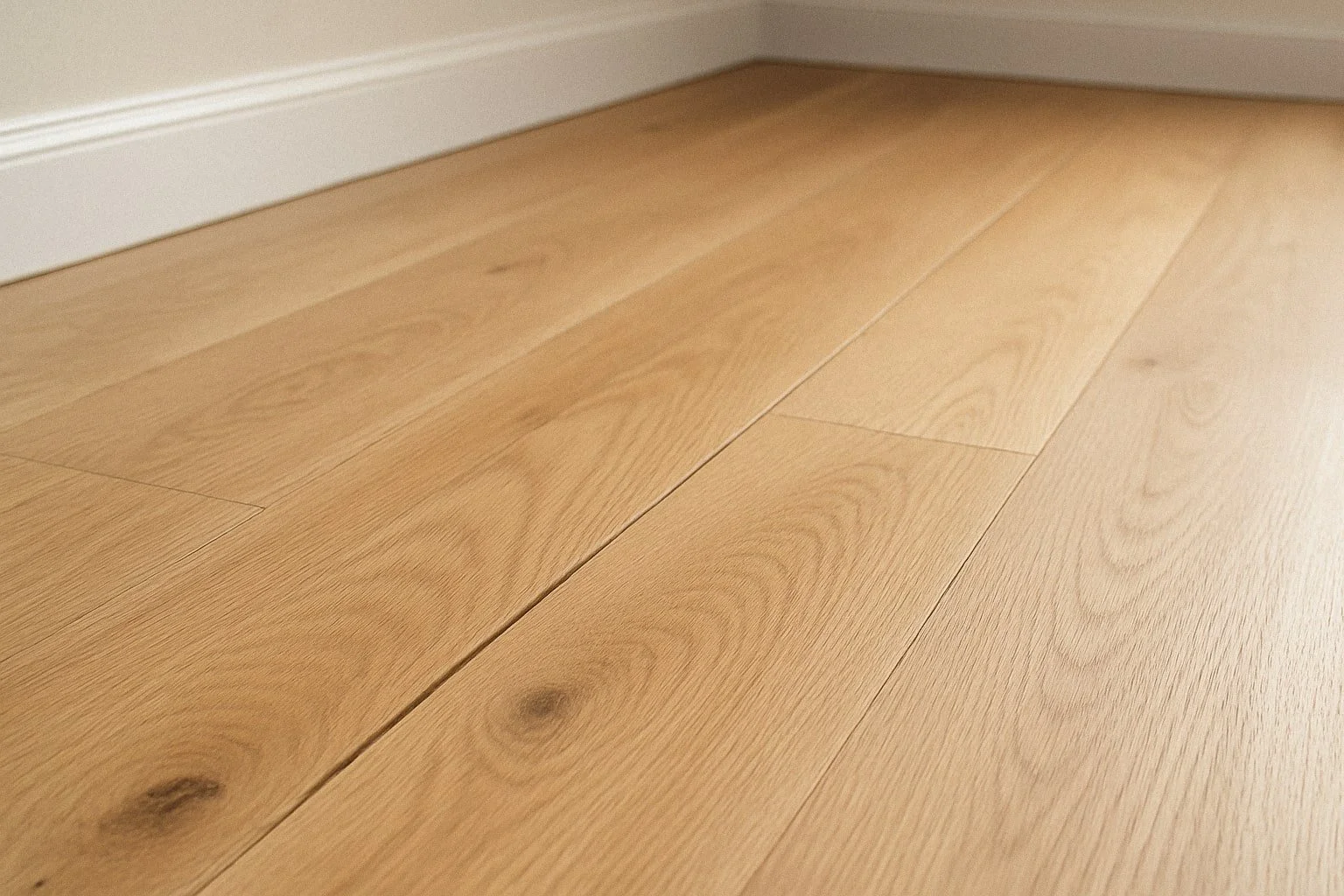
What to Do if Timber Floors Creak – Causes and Solutions
Timber flooring adds warmth, beauty, and character to a home, but over time you might notice creaks and squeaks when you walk across it. While a creaking floor can be charming in an old villa, it’s not always welcome in a modern home. The good news is that creaking timber floors are usually not a sign of structural failure, and in most cases the cause can be identified and resolved.
In this post, we’ll look at why timber floors creak and the solutions you can use to reduce or eliminate the noise.
Why Do Timber Floors Creak?
Creaking is generally caused by movement. Timber is a natural material that expands and contracts with changes in temperature and humidity. Over time, this can lead to loosened fixings, small gaps, or friction between boards. Some of the most common causes include:
Seasonal Movement
Timber naturally swells in humid conditions and shrinks in dry conditions. This movement can create tiny gaps where boards rub against each other or against fasteners.
Loose Floorboards
In nailed or screwed installations, fasteners can loosen over time, especially in high-traffic areas, allowing boards to shift slightly.
Subfloor Irregularities
If the subfloor isn’t perfectly level or has minor movement, boards may flex when stepped on, producing a squeak.
Age of the Floor
Older floors often creak more as fasteners wear, adhesives weaken, and natural shrinkage leaves more room for movement.
Practical Solutions for Creaking Floors
The best solution depends on the cause of the noise and the type of timber floor you have (solid timber, engineered, floating, or glued down). Here are some approaches:
1. Check the Subfloor
If creaks are widespread, the problem may be with the subfloor rather than the timber itself.
A professional inspection can identify whether additional fixing, levelling, or underlay adjustments are needed.
2. Re-Fix Loose Boards
For nailed-down timber, re-nailing or adding screws can tighten boards to the joists.
For floating or engineered floors, specialised adhesives can sometimes be injected to secure movement.
3. Lubricate Minor Gaps
For small, localised squeaks, applying a dry lubricant (like talcum powder or specialised floor powder) between boards can reduce friction.
This is usually a temporary fix, but useful for light creaks.
4. Control Humidity
Use a dehumidifier in summer or a humidifier in winter to stabilise moisture levels in the home.
Consistent humidity helps prevent expansion and contraction that causes creaking.
5. Professional Repair
If the problem persists or is widespread, it’s best to consult a timber flooring specialist. They can lift and refix sections, apply adhesives, or advise whether refinishing or replacement is needed.
When to Call a Specialist
If your timber floors are creaking in multiple areas, the noise is getting worse, or the boards feel unstable underfoot, it’s time for a professional assessment. In some cases, what seems like a simple creak may be related to underlying installation or subfloor issues.
At Timber Flooring Specialists, we deal with timber floor movement and noise regularly. Whether your floor just needs a minor tweak or more comprehensive work, we can provide tailored solutions to restore quiet and comfort to your home.
Tip: The sooner you address creaking, the easier it is to fix. Left too long, gaps or movement can worsen and lead to further wear.
